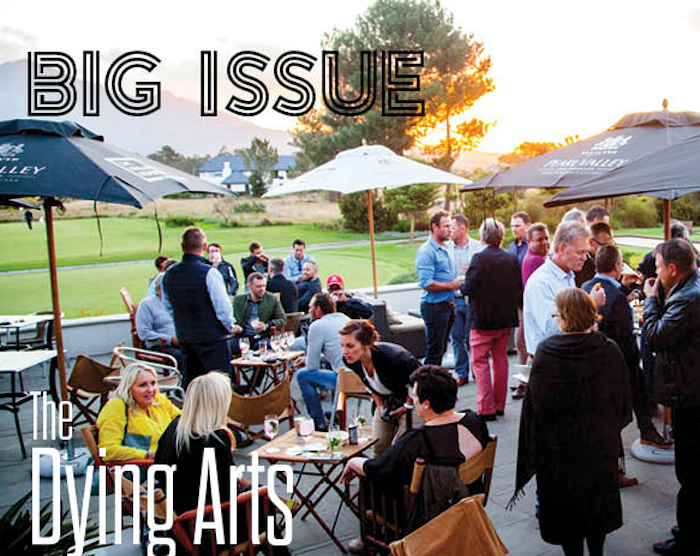For many reasons, it seems like a lot of the small things that make golf a wonderful game are being forgotten.
There are a number of things that make golf great. The perfectly struck 8-iron on a par three, outdriving your playing partners, any time a birdie putt drops and the game being played in good spirit.
Of course, there’s the sportsmanship, the camaraderie, introducing friends and family and watching them fall in love with the game like you did, and a whole host of little things that make the game so fantastic.
Then you have the dress codes, the cost, rules and the time it takes, which make golf a hard sell in modern times.
Not everyone has five hours to play and many don’t feel it’s necessary to ‘dress up’ for the occasion. You also have to consider just how difficult the game can be.
Fortunately for the purists, there are still far more pros than cons to keep the game alive. There are more than enough pensioner groups, Sunday schools, travelling social-golf groups and Wednesday meat competitions for all players. League fixtures are still hard-fought and there are enough youngsters filling up range spots around the country to keep the faith that golf will continue to hold its place on the list of priorities of the next generation.
But there are still worrying issues among these types of players that need to be addressed and acted upon before it’s too late. When last did you see a ‘shag bag’ around a quiet chipping area? I bet some readers may not even know about the wonder of collecting old, scuffed balls to be used for practice. Convenience is not always the cure.
When was the last time you allowed a group to play through? It’s no shame to allow faster players the courtesy, but it appears this may be one of the dying arts in modern golf. What about the old Nomads rule of allowing players in the group behind you to tee off once you have reached the green on a long, usually difficult par three? Once you’ve marked your ball, you move to a protected area and then putt out to avoid a backlog where three groups congregate on a tee box and the entire field suffers.
There are a number of seemingly minor things – arriving on time, being courteous to staff members and visitors, fixing pitch marks, replacing divots, raking bunkers, buying a round for the bar when you achieve the perfect shot – that could be included in this discussion.
However, the one area that has the most cause for concern is prize giving.
How often do the players finishing at 1:00pm wait until 6:00pm to applaud the winners of the day? A crowded clubhouse used to be a regular sight, but not anymore.
Not only are you robbing the winners of their five minutes of fame, but also the club of a much-needed injection in takings. It is also a good opportunity to meet your fellow members, engage with committee members and stay up-to-date with the latest decisions taken by the club.
Many clubs have opted for morning and afternoon fields – drastically reducing the time spent waiting for the formalities, but it is still not enough to entice players to stick around.
I’d argue that most of the courses countrywide are bending over backwards to make their clubs more appealing for players and family, and now it is time for members and playing guests to reciprocate.
There is more than enough evidence in other facets of life to see how once the fundamentals start corroding, the whole house collapses.
Modern lifestyles are not geared towards golf in the traditional sense and to that effect, I would argue that the game has adapted to a point where it can compete.
But the traditions of what made it great need to be honoured, protected and observed.
The alternative? Hitting golf balls on to a screen, with some machine telling you that you’ve just shot 70 at Pebble Beach. Where’s the fun in that?







